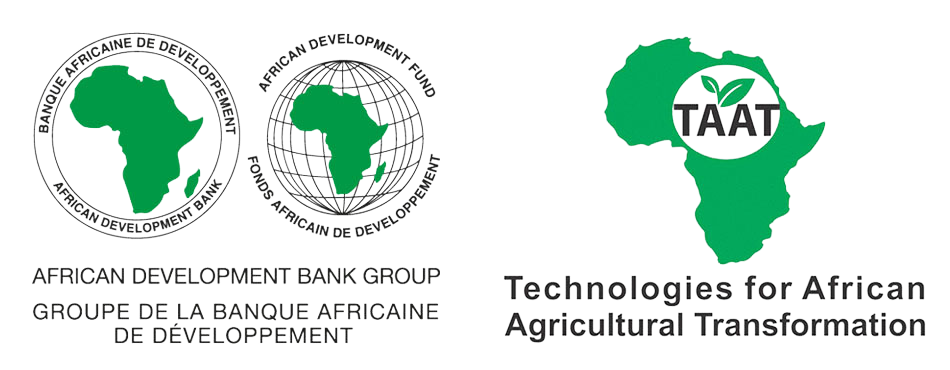

Optimized Spacing, Maximum Yield
This technology involves carefully arranging and managing the spacing of banana and plantain plants to maximize yield. It considers factors like variety type, climatic conditions, and soil fertility levels. Different planting systems can be used, including square, triangular, single row, paired row, and contour systems. Herbicide application and "earthing-up" of the stem base may be necessary, especially in windy areas.
This technology is TAAT1 validated.
Adults 18 and over: Positive high
Under 18: Positive high
Women: Positive high
Climate adaptability: Highly adaptable
Farmer climate change readiness: Significant improvement
Biodiversity: Positive impact on biodiversity
Carbon footprint: A bit less carbon released
Environmental health: Moderately improves environmental health
Soil quality: Does not affect soil health and fertility
Water use: A bit less water used
Uneven Growth and Delayed Maturity: Higher plant densities lead to excess competition for light, nutrients, and water, resulting in uneven growth and delayed maturity.
Excessive Weed Competition: Lower plant densities may lead to excess weed competition, posing a challenge for plant growth.
Accumulation of Pests and Diseases: Over time, unmanaged stands can accumulate pests and diseases, requiring proper rotation of plantation areas.
Increased Labor Requirements for Stand Management: Denser plant arrangements lead to higher labor requirements for managing the stand effectively.
Variability in Bunch Size and Yields: Inadequate spacing can lead to variations in bunch sizes and overall yields of banana and plantain plants.
Vulnerability to Wind Damage: Insufficient protection from wind can lead to potential damage to the plants.
Uniform Growth and Reduced Labor: Proper spacing ensures that plants receive adequate access to light, nutrients, and water, promoting more even and uniform growth.
Optimized Yield: Well-spaced plants are more likely to reach their full potential in terms of yield, resulting in higher overall production. For example, Dwarf Cavendish, a widespread dessert variety, is planted at densities of 2500 to 4400 plants per ha and can provide as much as 100 t/ha/year.
Reduced Competition for Resources: Adequate spacing minimizes competition among plants for essential resources like light, nutrients, and water, leading to healthier and more productive stands.
Wind Protection: Planting in square blocks, made possible by proper spacing, provides mutual protection against wind, reducing the risk of wind-related damage.
Improved Sunlight Exposure: Straight rows on flat fields and following contour lines on slopes maximize sunlight exposure, which is crucial for photosynthesis and plant growth.
Weed Management: Proper spacing allows for effective weed control, reducing the competition between weeds and the cultivated plants. With proper spacing and residue management, it is possible to establish plantation understories that are virtually weed-free.
Pest and Disease Management: The need to rotate plantation areas over time due to the accumulation of pests and diseases is considered, with a typical stand area of 8 to 10 years before rotation is needed.
In the near future, this section will provide an overview of this technology's success in various contexts, details on partners offering technical support, training, and implementation monitoring, along with other valuable insights for your projects and programs. These details will be added progressively.
In the meantime, use the 'Request information' button if you need to contact us.
Dwarf Cavendish planted at 2500 to 4400 plants per ha
Open source / open access
Scaling Readiness describes how complete a technology’s development is and its ability to be scaled. It produces a score that measures a technology’s readiness along two axes: the level of maturity of the idea itself, and the level to which the technology has been used so far.
Each axis goes from 0 to 9 where 9 is the “ready-to-scale” status. For each technology profile in the e-catalogs we have documented the scaling readiness status from evidence given by the technology providers. The e-catalogs only showcase technologies for which the scaling readiness score is at least 8 for maturity of the idea and 7 for the level of use.
The graph below represents visually the scaling readiness status for this technology, you can see the label of each level by hovering your mouse cursor on the number.
Read more about scaling readiness ›
Uncontrolled environment: tested
Common use by intended users, in the real world
| Maturity of the idea | Level of use | |||||||||
| 9 | ||||||||||
| 8 | ||||||||||
| 7 | ||||||||||
| 6 | ||||||||||
| 5 | ||||||||||
| 4 | ||||||||||
| 3 | ||||||||||
| 2 | ||||||||||
| 1 | ||||||||||
| 1 | 2 | 3 | 4 | 5 | 6 | 7 | 8 | 9 | ||
| Country | Testing ongoing | Tested | Adopted |
|---|---|---|---|
| Benin | –No ongoing testing | –Not tested | Adopted |
| Burkina Faso | –No ongoing testing | –Not tested | Adopted |
| Burundi | –No ongoing testing | –Not tested | Adopted |
| Cameroon | –No ongoing testing | –Not tested | Adopted |
| Côte d’Ivoire | –No ongoing testing | –Not tested | Adopted |
| Democratic Republic of the Congo | –No ongoing testing | –Not tested | Adopted |
| Ethiopia | –No ongoing testing | –Not tested | Adopted |
| Ghana | –No ongoing testing | –Not tested | Adopted |
| Kenya | –No ongoing testing | –Not tested | Adopted |
| Malawi | –No ongoing testing | –Not tested | Adopted |
| Mali | –No ongoing testing | –Not tested | Adopted |
| Nigeria | –No ongoing testing | –Not tested | Adopted |
| Rwanda | –No ongoing testing | –Not tested | Adopted |
| Somalia | –No ongoing testing | –Not tested | Adopted |
| South Sudan | –No ongoing testing | –Not tested | Adopted |
| Tanzania | –No ongoing testing | –Not tested | Adopted |
| Togo | –No ongoing testing | –Not tested | Adopted |
| Uganda | –No ongoing testing | –Not tested | Adopted |
| Zambia | –No ongoing testing | –Not tested | Adopted |
This technology can be used in the colored agro-ecological zones. Any zones shown in white are not suitable for this technology.
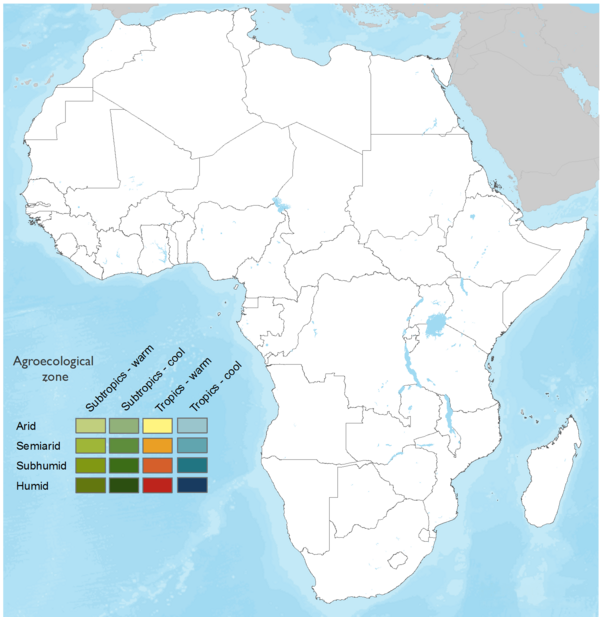
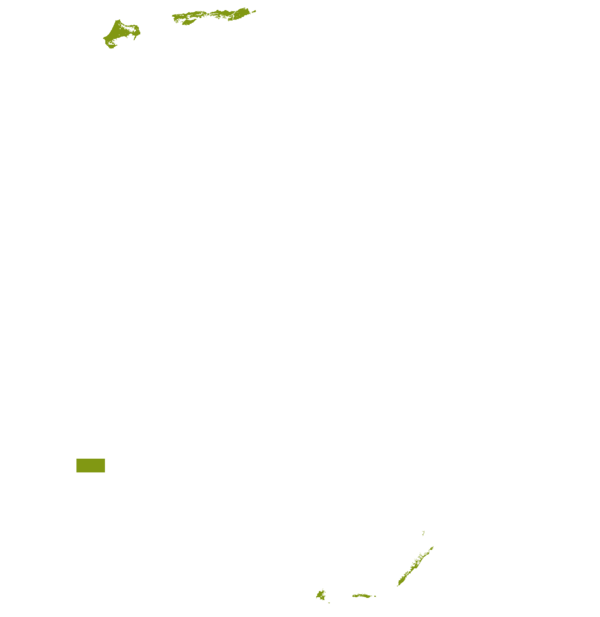
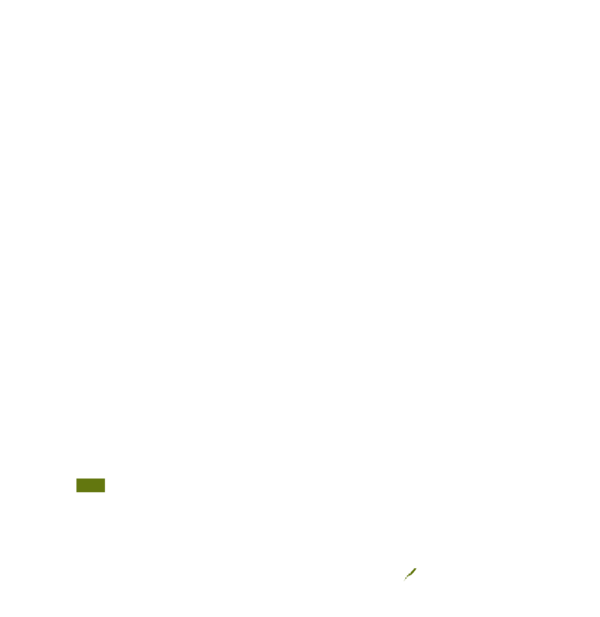
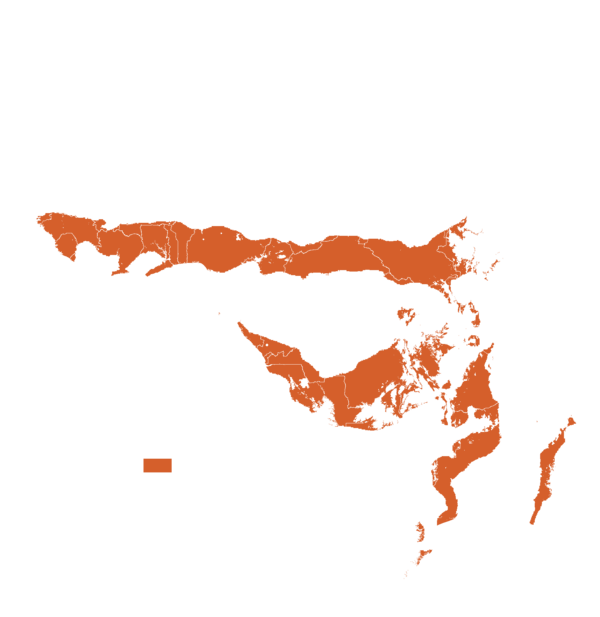

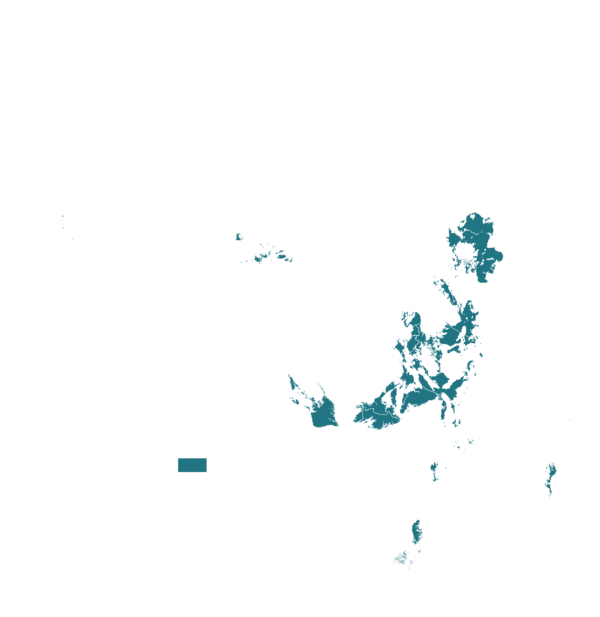
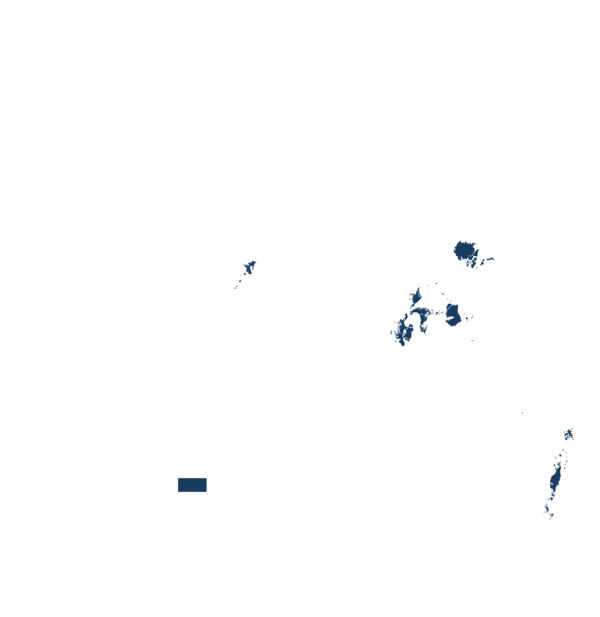
| AEZ | Subtropic - warm | Subtropic - cool | Tropic - warm | Tropic - cool |
|---|---|---|---|---|
| Arid | – | – | – | – |
| Semiarid | – | – | – | – |
| Subhumid | – | |||
| Humid | – |
Source: HarvestChoice/IFPRI 2009
The United Nations Sustainable Development Goals that are applicable to this technology.


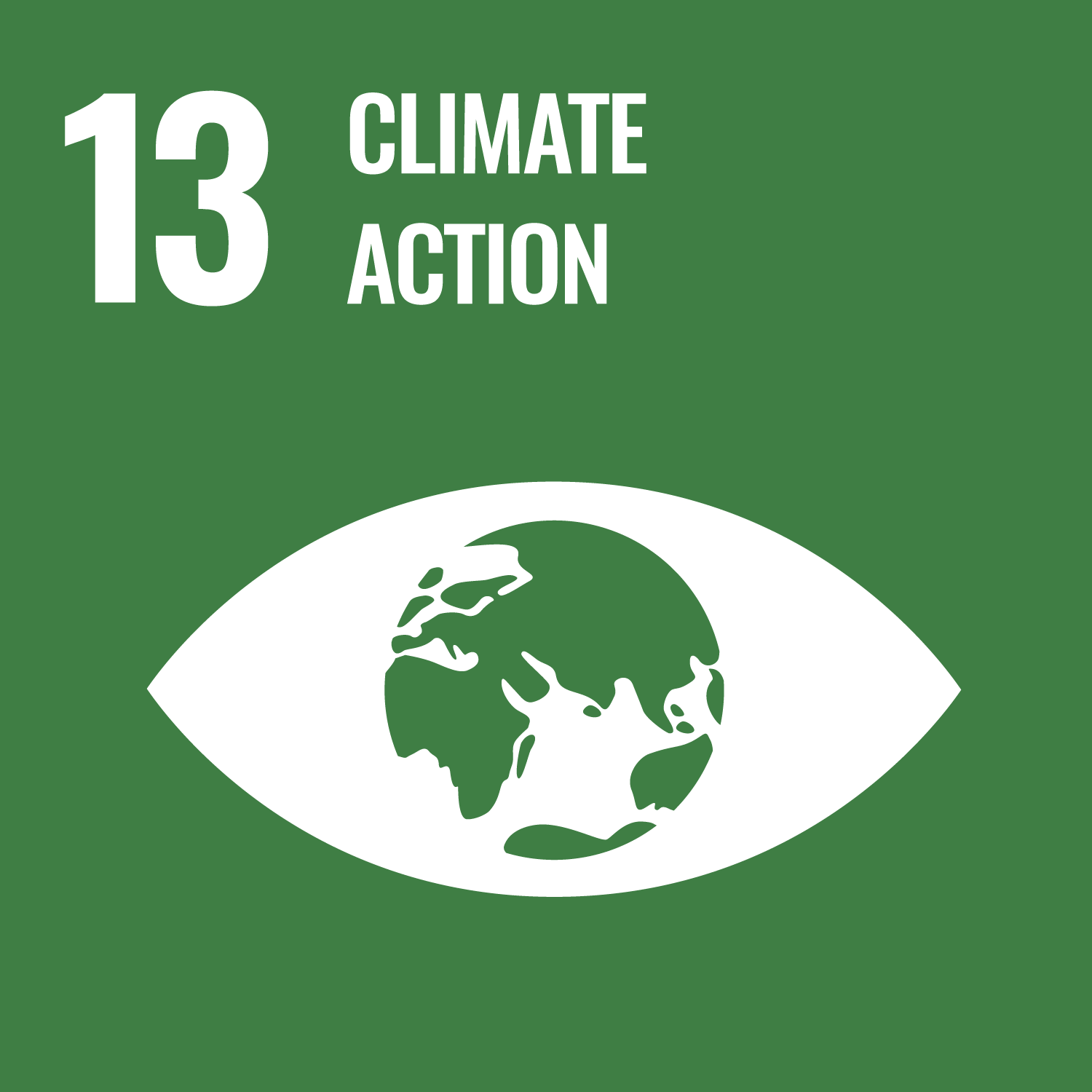
Plant Density and Spacing: Adjust plant density based on variety and farmer expectations. For example, dwarf varieties should be planted at densities of 2 m x 2 m or less, while larger varieties may be planted at 3 m x 3 m, forming 1,111 mats per ha.
Weed Control: Implement proper spacing practices using different planting systems. Consider a square system with 2 x 2 m or 3 x 3 m spacing. For early weed control, use contact herbicides like glyphosate.
Pest and Disease Management: Rotate plantation areas every 8 to 10 years to disrupt the cycles of pests and diseases.
Labor Management: Optimize spacing to balance labor demands. Avoid excessively dense plantings that require more labor. Implement proper spacing and stand management techniques.
Optimizing Bunch Size and Yields: Follow recommended spacing based on variety and environmental conditions. Ensure plants receive adequate resources for consistent bunch sizes and yields. For instance, plant Dwarf Cavendish varieties at densities of 2500 to 4400 plants per ha.
Wind Protection: Plant in square blocks to provide mutual wind protection. This minimizes the adverse effects of wind on plants.
Last updated on 7 November 2025